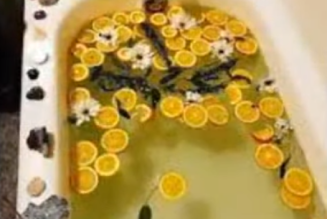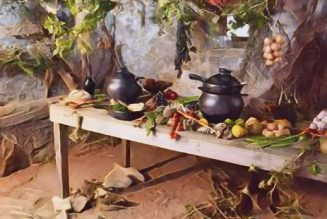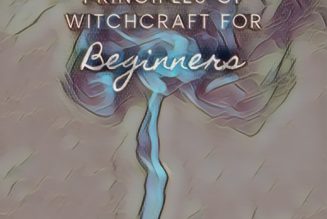Beeswax
The most common types of wax used in candle making are beeswax, paraffin wax, and dip-and-carve wax.
Beeswax is an all natural wax with a sweet aroma. It is preferred because it adds softness and beauty to candles and it also increases burning time. It is also more expensive.
Beeswax comes in one-pound cakes or sheets. The sheets are sometimes used for making rolled candles. The rectangular sheets measure about 8 x 16 inches and are available in natural taupe, bleached white, and various dyed colors.
Beeswax can be used alone or combined with other waxes. Adding beeswax to other commonly used waxes will both soften colors and enhance burning time.
When using beeswax remember that it is naturally sticky. When making molded candles you will want to treat the mold with a releasing agent (such as silicone spray) to make it easier to remove the candle. Also, keeping the temperature above 160° F when you pour the candle will help to keep it from sticking as much.
When you are using 100% beeswax to make candles there is no need to add opaque crystals (beeswax is naturally opaque) or stearin to your candles. These two ingredients are listed below.
Paraffin wax
Paraffin wax is less expensive and more widely available than other types of wax. It is the primary ingredient in most molded candles. Because it is colorless and odorless it is also used more when adding dyes and fragrances. It is also harder than beeswax and produces a candle with a sheen. When combining beeswax and paraffin wax use a ratio of one part beeswax to ten parts paraffin wax. You should not have any problems with sticking when using this small amount of beeswax.
Paraffin comes in ten or twelve-pound blocks or in granular form. You can also buy it with ten percent stearin already added. You can also find different types of paraffin wax, classified by the temperature at which it melts and the pliability of the wax at room temperature. For most candle-making projects, it is best to get paraffin wax that melts at 135° F to 140° F but you will still need to melt the wax to 160° F or
more for most recipes. The exact temperature depends on the candle-making method you are using, the type of mold and the effect that you want to achieve.
Dip-and-carve wax is a little softer than paraffin wax. This quality keeps it from cracking when it is carved. It is also better for dipped candles. The softer wax helps the layers adhere to each other better.
Wick
The wick is a conduct that supplies the flame with a steady stream of wax. The best wicks to use are made with tightly woven cotton fibers. Wicks come in rolls or pre-cut lengths. Although they are made of cotton most will be treated with substances that allow the wick to burn along with the wax.
There are three types of wicks: flat braid for dipped candles, square braid for molded and rolled candles, and wire-core for long-burning candles such as container candles. Be sure to choose the right wick for the candle you are making. The width of the candle determines the thickness of the wick. If your wick is too thin for the candle it will not supply enough wax to the flame and your candle will not stay lit. If the wick is too thick it will flood the flame with melted wax. The package that the wick comes in will suggest the best candle-diameter.
If your not sure here are some guidelines:
• Candles 3/4 inch in diameter or less use 4/0
• Candles 3/4 – 2 inches use 2/0
• Candles 2 – 3 inches use a #1
• Candles 3 – 4 inches use a #2
• Candles over 4 inches use a #3
Wick Holders
These are small squares of metal with a hole in the middle. They are used to anchor the wick to the bottom of container candles. Insert the wick into the hole and pinch the holder together to hold the wick in place.






















